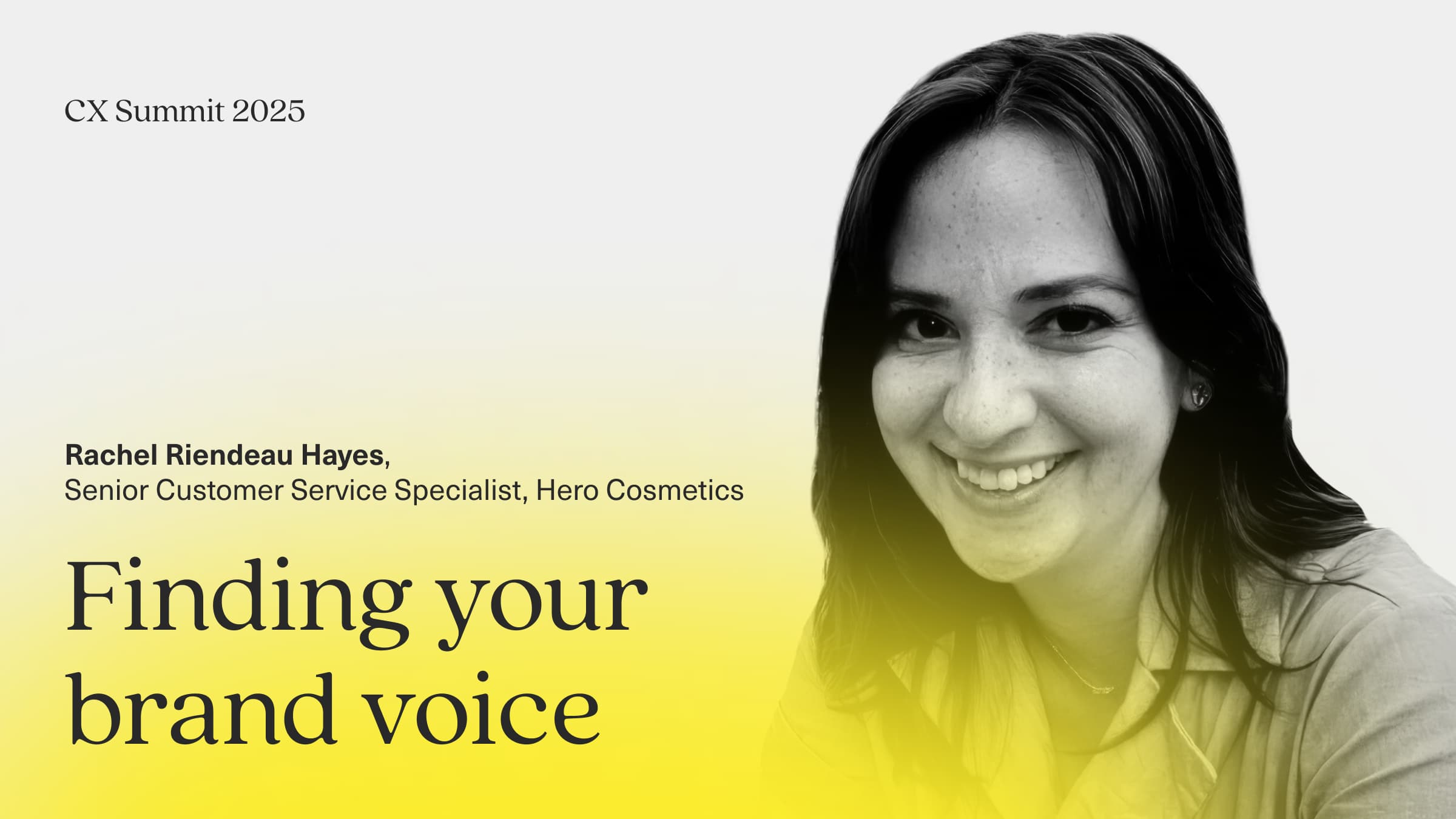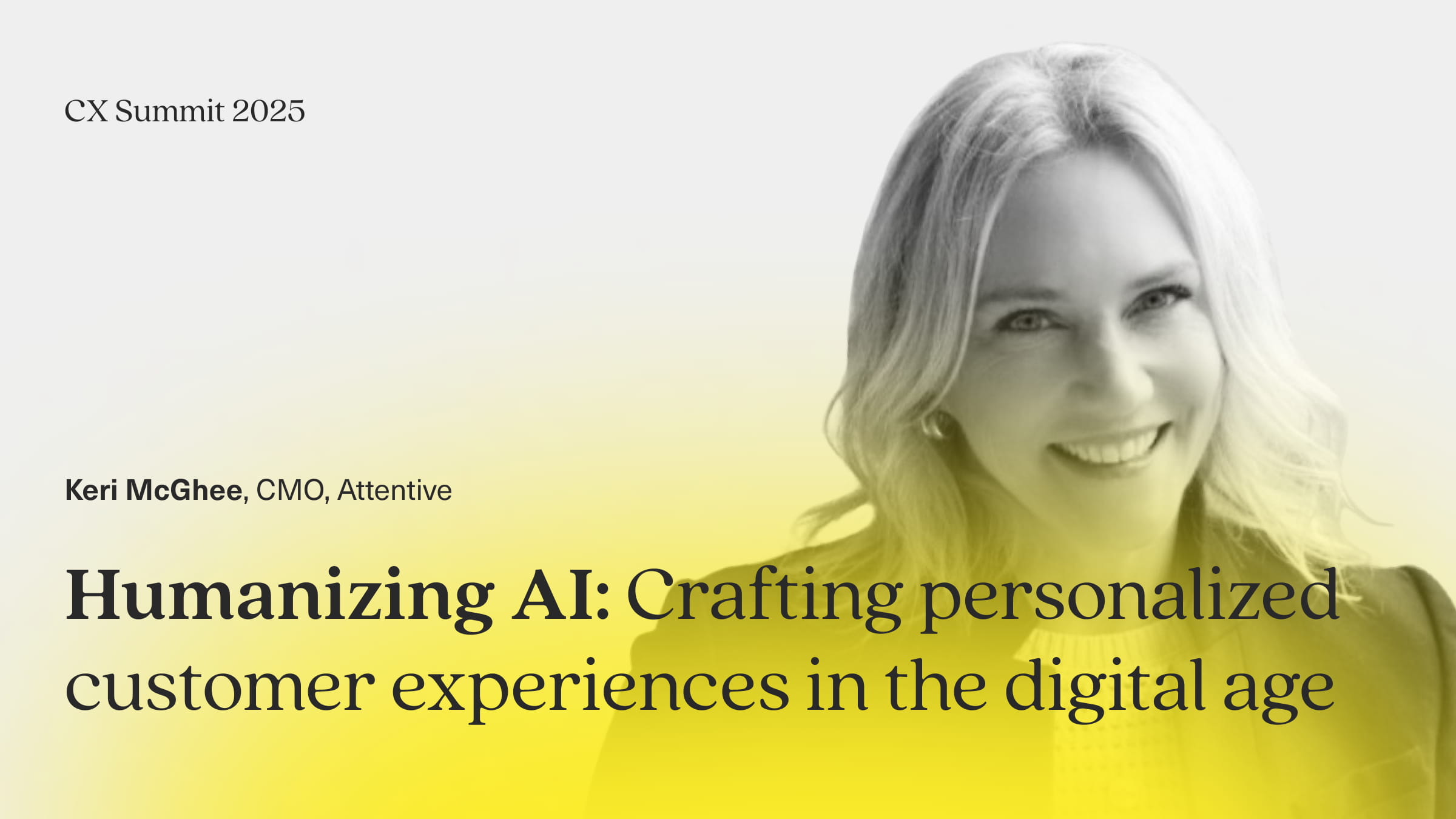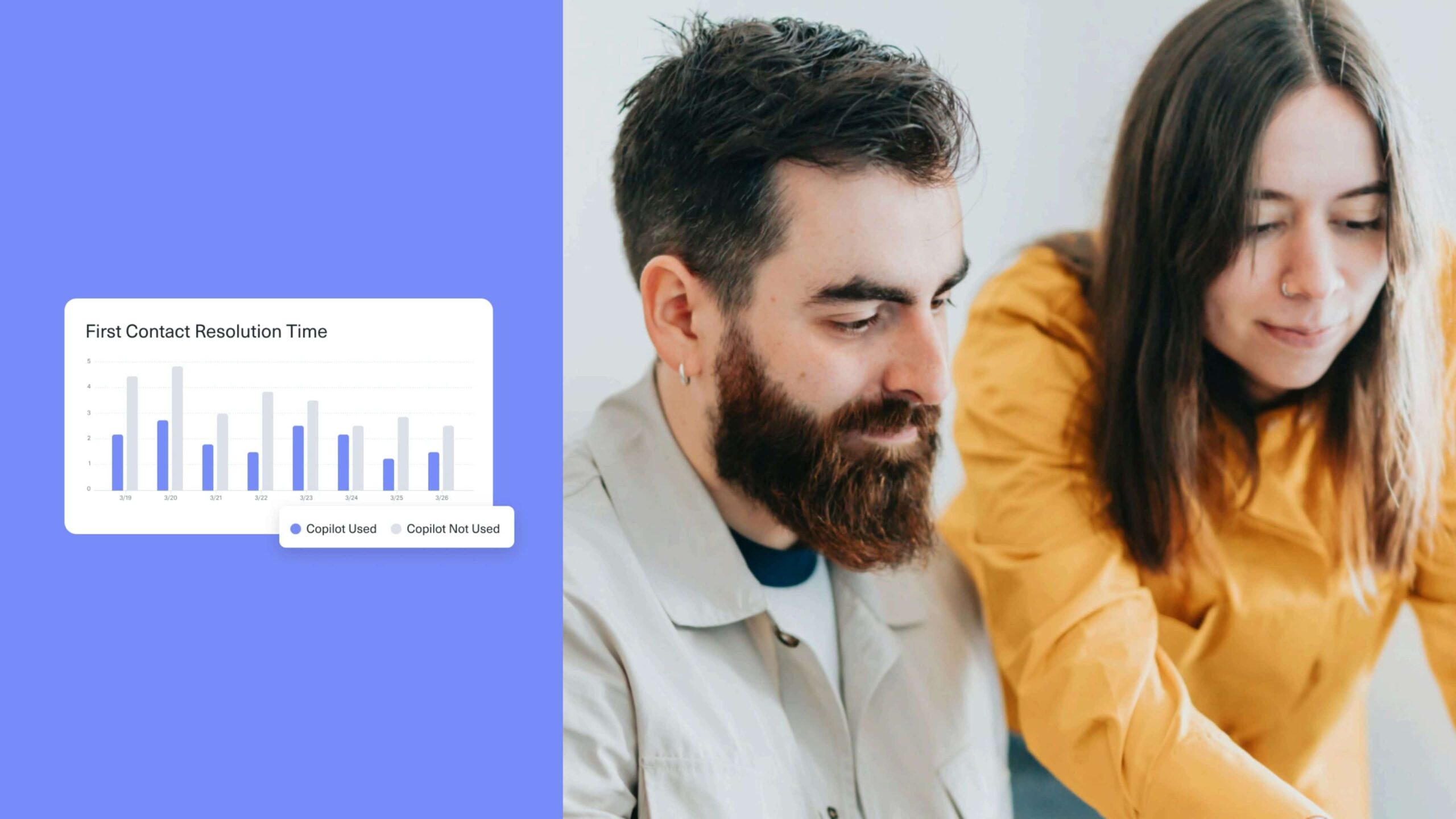Rachel Riendeau Hayes, Brand Liaison at Hero Cosmetics, has spent the past five years helping to build the company’s customer service function from the ground up. Joining Hero when it was still a young startup, she created and scaled a team that remains at the core of the brand’s customer experience today. Now part of Church & Dwight, Hero Cosmetics continues to prioritize service, diversity, and a strong, values-driven culture under Rachel’s leadership.
Here, she discusses the importance of brand voice, bridging the gap between marketing and customer experience:
This interview has been edited for clarity.
Gabe Larsen: You mentioned your theater background, and I wanted to start there if that is alright. You have such a unique background. How do you feel your experience in theater has influenced the way you define and protect brand voice within a company?
Rachel Riendeau Hayes: I think of it like playing a character because brand voice is very much a character. Once you look at it that way, you can really get the tone of voice and even the mannerisms right.
For example, with Hero, which is a very everyday person brand voice, you can smile in your voice, sound relaxed and relatable, and talk like you are having a conversation with a friend. It is like acting, where you feel it in your body and become familiar with the more casual, approachable verbiage you want to use. I really use my theater background in that way. I just feel it.
Gabe Larsen: That totally resonates. For those who may not be as familiar, how would you define brand voice?
Rachel Riendeau Hayes: Brand voice is who the brand is, how it talks, and how it moves through whatever space it is in. It represents the brand in a recognizable way.
When you hear someone talk about something magical, you probably think of Disney. McDonald's has so many recognizable catchphrases. Brand voice is like the book cover of the company. It gives you a first impression and sets expectations.
Gabe Larsen: I like the "book cover" analogy. What would be your go-to advice for getting teams outside of marketing, like product or support, to truly adopt and integrate brand voice guidelines?
Rachel Riendeau Hayes: That is actually what I am working on right now with my team. We are doing a series of trainings based on brand voice archetypes, like the wizard, the jester, the caregiver, and the everyday person, which is what Hero aligns with.
We make it fun. In a recent training, we used characters like Tigger to illustrate the jester archetype. It keeps the sessions engaging and relatable. We also talk about familiar brands and how they make us feel.
I encourage my team to bring their own personalities into their interactions, like adding sign-offs. Mine used to be "do not forget your sunscreen" when I was in a support role. Luckily, Hero’s brand voice encourages being yourself.
Gabe Larsen: Those little touches can really mean a lot. It sounds like you keep the training fresh and fun.
Rachel Riendeau Hayes: I try to. It can be boring to just go through a deck. I want the team to feel heard and engaged. They have a great grasp on the brand, so it is fun to refresh and deepen that understanding.
Gabe Larsen: Hero definitely has a strong brand presence. How do you know when it is time to update or refresh the brand voice without losing the essence of who you are?
Rachel Riendeau Hayes: It is tough, especially in a crowded space like skincare. Our core message is that everyone gets acne, and it is nothing to be ashamed of. We have updated some of our language to reflect trends, especially for our younger audience on platforms like TikTok. We keep an eye on colloquialisms and how people are communicating. However, it is important to stay true to your core. Updating to stay current is smart, but if you adapt too much, you risk losing your identity.
Gabe Larsen: Exactly. You cannot be Disney one day and a tire company the next.
Rachel Riendeau Hayes: Right. You have to maintain who you are. Adapt where it makes sense, but stay true to your essence because that is what makes you stand out.
Gabe Larsen: Are there common mistakes you see companies make when they are trying to establish brand voice? Any advice you would offer?
Rachel Riendeau Hayes: Definitely. One big mistake is creating brand voice in a silo. It is important to bring together marketing, customer service, product, and anyone who interacts with customers.
Another mistake is overdoing it, like stuffing emails with slogans and taglines. It can feel overwhelming and fake.
Also, before you look at what other brands are doing, you need to define who you are. If you start by copying others, you will not be as authentic.
Gabe Larsen: That is a great point. You do not want too much "flair," like in the movie Office Space, where it just becomes cheesy.
Rachel Riendeau Hayes: Exactly. Too much flair can make it feel forced. It needs to be authentic and natural.
Gabe Larsen: You have mentioned a few brands, but if someone wanted to study companies doing this really well, who would you suggest they look at?
Rachel Riendeau Hayes: I think a lot of skincare brands do a great job. CeraVe is a big one. They lean into their clinical, dermatologist-backed identity and stick with it consistently. Also, some fun younger brands like Glow Recipe and Youth to the People are doing a great job of being playful and connecting with their audiences while staying true to who they are.
Gabe Larsen: Those are great examples. It feels like more companies now understand the importance of brand voice and customer experience, not just metrics like handle time.
Rachel Riendeau Hayes: Exactly. You want customers to recognize you instantly, whether they are calling, emailing, or interacting on social media. How you look should match how you sound.
Gabe Larsen: Totally agree. As we wrap, what final piece of advice would you leave for those trying to lead CX teams or brand voice initiatives in today's environment, where everything feels overwhelming?
Rachel Riendeau Hayes: My biggest advice is to always check in with your team. I have a weekly meeting with mine, and sometimes it is about promos, but often it is just chatting, sharing stories, and staying connected.
It helps me gauge how they are doing and collect ideas. In this crazy world, staying true to your brand is also crucial. Some brands panic and try to change too much. Customers value consistency.
I saw a great example from UPPAbaby recently. They communicated about tariffs in a way that stayed true to their voice as a caregiver brand. Knowing your audience and communicating authentically is more important than ever.
Gabe Larsen: That is a great reminder. With everything going on, especially after COVID, checking in with your team and staying true to your identity really matters.
Closing thoughts
In a crowded, fast-moving market, brand voice is no longer just a marketing tool; it’s part of your customer experience. Rachel Riendeau Hayes reminds leaders that authenticity and internal alignment are critical for lasting impact, and partnering cross-functionally is critical. If your brand voice sounds the same today as it did three years ago, you are already falling behind. Evolving thoughtfully without losing your core is what will set the next generation of brands apart.
Want to learn more about scaling a customer experience team? Check out our interview with Jose Herrera, CEO of Horatio.
Looking for a comprehensive tool that can help you make big strides in your customer experience? Check out Kustomer. Our all-in-one customer service platform and CRM, powered by AI, allows brands to streamline costs and operations. Explore Kustomer today!




